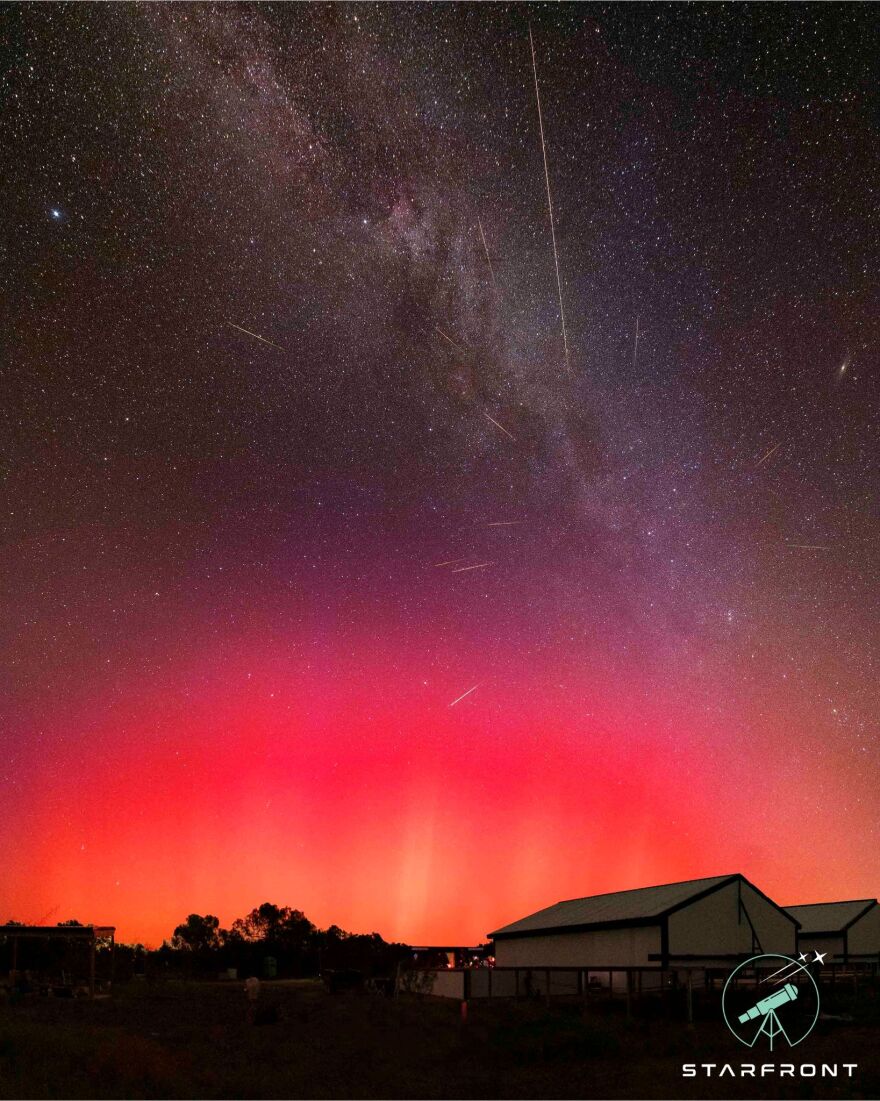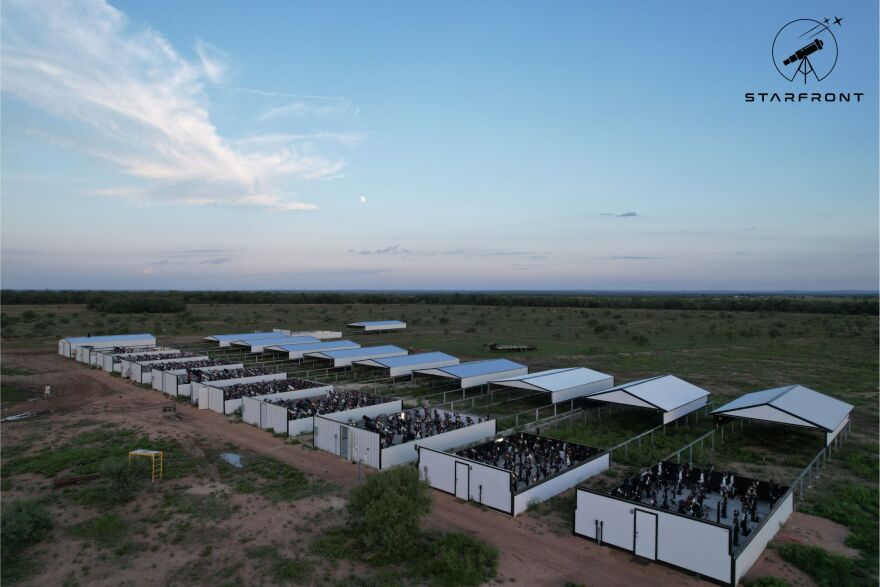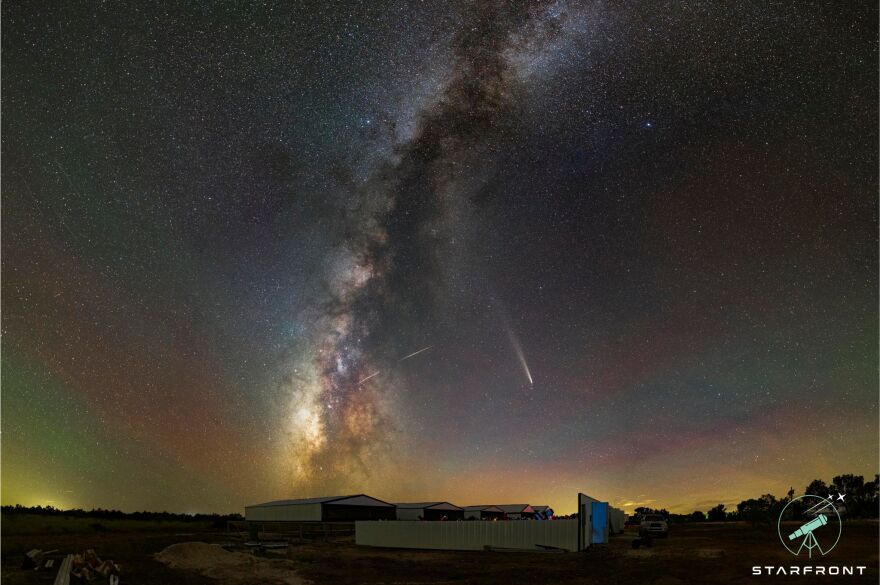For people living in West Texas, the night sky might feel ordinary. But for astronomers and photographers around the world, it’s something rare: one of the clearest, darkest windows into the universe left in the United States.
That’s what makes Starfront Observatories so unique. Opened in 2024 near a small town south of Abilene, the project gives people everywhere the ability to see the Texas night sky without being there in person. Founded by Bray Falls, Starfront has quickly become the world’s largest remote observatory by number of telescopes.
The idea is simple but transformative. Telescope owners ship their equipment to the observatory, where it’s housed under pristine skies. From anywhere in the world, they can log in and control their telescope as if they were standing right beneath it.

For astrophotographer Carlos Garcia, who lives in Miami, that access is life-changing. Surrounded by heavy light pollution in his neighborhood, he thought deep-sky astrophotography was out of reach. Now, from his computer or phone, he connects directly to his telescope in West Texas and captures images that would otherwise be impossible in his city.
West Texas offers the perfect conditions for this kind of work. The region has few large cities, plenty of wide open space, and a high altitude that keeps the air dry and clear. ACU physics professor Donald Isenhower explains, “By the time you get to West Texas, the main difference is altitude. The lower you go, the worse it is, so as you head toward the coast, things are worse.”
Falls says the location struck the right balance: reliable power, fiber internet, and some of the darkest skies in the country. That combination makes it possible for hundreds of users to upload and process enormous image files from their telescopes without being onsite.
To protect all that equipment, Starfront uses an automated roof system. If clouds, rain, or high winds roll in, the observatory seals itself, ensuring dozens of telescopes stay safe until the skies clear again.

The project isn’t just about infrastructure, though — it’s about people. Falls and his team support everyone from first-time stargazers to professionals chasing fine details of distant galaxies. “We answer everyone’s questions — whether they’re a total beginner or someone super experienced,” he says.
For many, seeing the stars this way can be profound. Longtime astrophotographer Paul Wertheim notes that city dwellers are often shocked the first time they witness a truly dark sky. He compares it to reactions at Big Bend National Park, where visitors often comment they’ve never seen so many stars at once.
Starfront brings that same wonder to people across the globe. What once required a trip to remote Texas highways or national parks can now be experienced from anywhere with an internet connection. In its first year, the observatory hosted 260 nights of successful observations — and for Falls, that’s the reward: making the universe accessible to anyone who wants to look up.
From the quiet skies of West Texas, Starfront is opening the heavens to the world.

